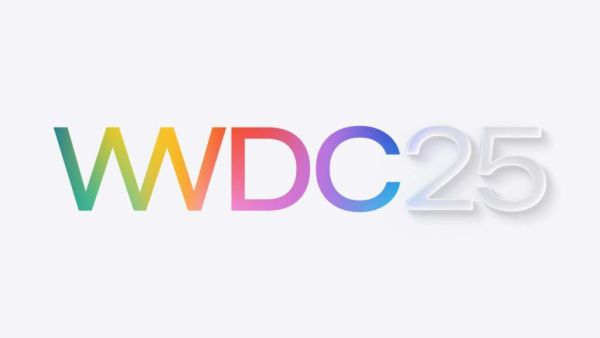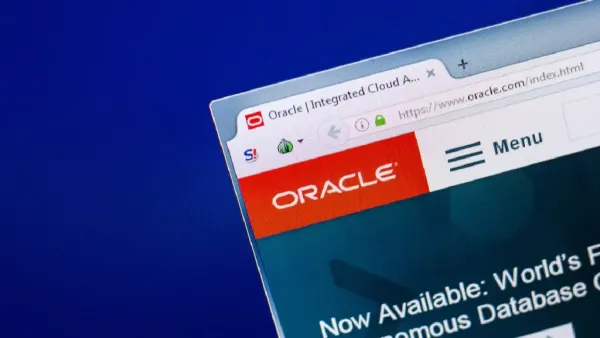
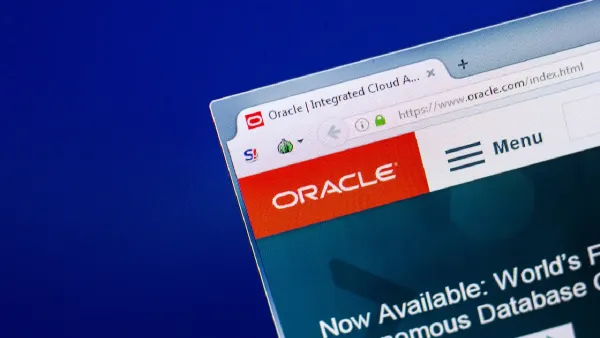
Highlights:
- An Oracle breach in early 2025 compromised sensitive healthcare data.
- Attackers exploited known Java vulnerabilities to access authentication systems and exfiltrate data.
- The breach prompted regulatory guidance from CISA and led to class-action lawsuits against Oracle.
- The incident underscores the importance of securing legacy systems and transparent breach communication.
In March 2025, Oracle was involved in two closely linked but distinct cybersecurity incidents that significantly affected the healthcare ecosystem. While the company asserted that its flagship Oracle Cloud Infrastructure (OCI) remained uncompromised, it confirmed breaches of two separate legacy environments.
The first affected older, sunsetted cloud-hosting servers (Oracle Cloud Classic/Gen1), from which a threat actor claimed to have stolen around six million encrypted credentials, including LDAP/SSO passwords, JKS keystores, and tokens. The second, more severe breach occurred in Oracle Health’s (formerly Cerner’s) legacy electronic health record (EHR) servers that had not yet transitioned to OCI. In this latter case, hackers reportedly accessed patient data via compromised healthcare provider credentials and later extorted hospitals with ransom demands.

Cloud Credentials Breached: Scope and Implications
A threat actor going by the handle rose87168 uploaded credentials stolen to dark web forums on March 21, 2025. The exposed data, which affected over 140,000 companies, comprised JKS files, encrypted SSO/LDAP passwords, and enterprise manager keys. It seemed to originate from Oracle Cloud Classic’s federated single-sign-on service. The incident led to urgent warnings from CISA, which advised clients to rotate all credentials, confirm their use in scripts and automation, and keep an eye out for misuse, despite Oracle’s insistence that the credentials were encrypted and OCI systems were secure.
Even deprecated systems can present serious vulnerabilities, particularly when they store shared credentials across environments, as the consequences show despite Oracle’s guarantees. Threat actors using these credentials may threaten or redirect organizations that depend on the same identity infrastructure.
Oracle Breach: Patient Data Exposed
The story’s more concerning element included Oracle Health’s Cerner legacy systems, which were infiltrated in late January after credentials were stolen. Customers were informed about the compromise in February. It involved data exfiltration due to illegal access to pre-OCI servers. There have been reports of certain hospitals and health systems stealing patients’ Protected Health Information (PHI), including names, dates of birth, Social Security numbers, insurance and driver’s license information, diagnoses, and treatment records.
A threat actor posing as “Andrew” through publicly visible websites demanded millions of cryptocurrencies from hospitals to prevent data leaks, prompting the FBI and CISA to launch investigations. Lawsuits have been brought by impacted healthcare companies, accusing Oracle Health of neglecting to transition outdated systems and safeguard patient data safely. Oracle Health and a hospital network were named in at least one lawsuit in Missouri, which claimed that roughly 262,831 people were affected. Hospitals often had to take the lead in delivering breach notices, but because HIPAA protects Oracle Health, service providers are compelled by federal law to notify patients.
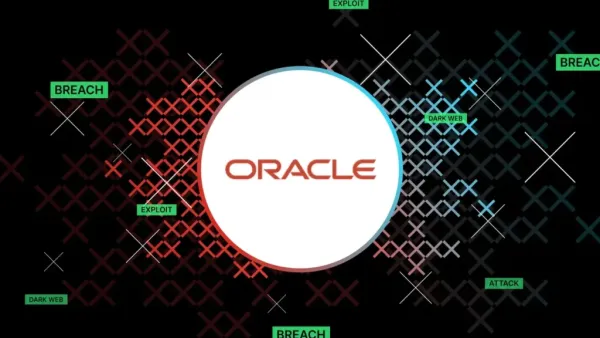

Why Healthcare Was Especially Vulnerable
Oracle Health’s breach underscores a broader issue in healthcare IT: the persistence of legacy systems. Following Oracle’s 2022 acquisition of Cerner, numerous systems remained in older on-prem environments awaiting migration to OCI. These systems often lack modern security updates, making them particularly susceptible to credential-based attacks.
Shared infrastructure compounds the risk: stolen credentials can be reused across federated environments, granting elevated permissions. The extended data migration timeline, sometimes years further, exposes sensitive PHI. Experts emphasize that migrating data incrementally, monitoring legacy systems, and decommissioning old servers securely are essential to closing gaps .
CISA also flagged the government health sector’s vulnerability: a single compromised identity source, like Oracle Health’s login system, could cascade through multiple healthcare networks that rely on federated authentication, endangering patient safety system-wide .
Regulatory and Legal Fallout
Regulatory attention was immediately drawn to the infraction. Over 262,000 PHI records were stolen in the Oracle Health hack, according to reports from impacted institutions on the OCR’s HIPAA breach portal, where events affecting more than 500 patients must be made public. This puts Oracle and the impacted hospitals at risk of fines for violating HIPAA regulations.


Plaintiffs in the legal field are pursuing both class-action and network litigation. A joint complaint in the Western District of Missouri calls for better security monitoring, injunctive relief, and compensation for patients’ emotional suffering and identity theft. These allegations are echoed in another lawsuit in Texas.
Simultaneously, CISA and health-industry groups issued guidance urging providers to rotate credentials, improve segmentation, monitor legacy resources, and communicate events to federal partners. The AHA underscored that most breaches stem from third-party systems—like legacy health IT platforms—rather than host institutions themselves.
What Hospitals Should Do Now
Considering the extent of the breach, the following crucial actions are recommended:
Start by rotating all the credentials used in Cerner/OA systems, paying particular attention to federated credentials reused throughout the network. Second, decommission idle servers and segment legacy systems with stringent firewalling and monitored access. Third, check access logs for unusual data transfers and logins after January. Fourth, multi-factor authentication throughout Oracle health environments is used to improve detection.
By law, covered entities are required to determine whether PHI breaches necessitate official notification. Hospitals should provide credit monitoring and remediation services when necessary, as they currently report HIPAA breaches.
Lastly, regulatory agencies should promote third-party transparency by mandating that companies such as Oracle Health publish post-breach reports and public warnings highlighting timings, data effects, and remedial activities.


Lessons for the Broader Healthcare Sector
This incident elucidates systemic challenges in healthcare cybersecurity:
1. Legacy Infrastructure Risks: Outdated EHR platforms that have not yet been migrated pose continual breach targets. Strong decommissioning policies are essential.
2. Credential Management Vulnerabilities: Reusing federated credentials across multiple entities exponentially increases risk.
3. Supply Chain Dependencies: Hospitals are only as secure as their third-party providers. A breach in Oracle Health exposed numerous downstream systems.
4. Crisis Coordination: Rapid involvement of federal agencies (FBI, CISA), legal counsel, and healthcare regulators is critical to containment.
5. Transparency & Trust: Oracle Health’s limited public communication contrasted with expectations for clear and timely disclosure in the healthcare sector .
Looking Ahead: Strategic Resilience
Moving forward, healthcare organizations—and vendors—must prioritize:
- Complete cloud migration: Plan and execute full transitions from legacy EHR systems.
- Phased decommissioning: Retire obsolete servers securely with verified data destruction.
- Federated credential governance: Stop widespread reusing of shared credentials and implement strict access control.
- Enhanced monitoring: Deploy EDR, SIEM, and anomaly detection around third-party systems hosting PHI.
- Vendor cyber-health policies: Mandate breach notification clauses and penalties in third-party contracts.
- Incident playbooks: Develop cross-organizational response plans involving clinics, vendors, and authorities in breaches.
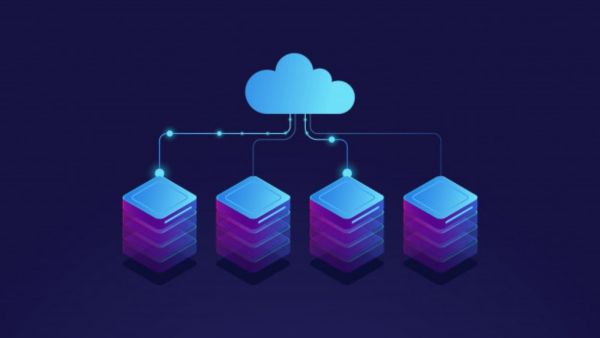

Conclusion: A Health Sector Wake-Up Call
The Oracle Cloud- incidents of early 2025 delivered a powerful wake-up call. While Oracle’s OCI remained secure, its legacy environments exposed PHI, eroded patient trust, and spurred regulatory and legal fallout. The breach illustrates the systemic risks of outdated platforms, shared credentials, and third-party dependencies for hospitals and healthcare providers.
The solution lies in decisive modernization, security-focused architecture, strict credential policies, and transparent communication. PHI protection isn’t just best practice—it’s a fundamental requirement. As more EHR platforms move to cloud infrastructure, the imperative is clear: no legacy server should remain a weak link in safeguarding patient health, privacy, and institutional integrity.
-
Is a mysterious button really hidden in the vagina of women? Know the science, confusion and truth of G Spot

-
Milk and apricot combination: Secret formula to strengthen bones

-
Best Yoga Day 2025 captions for Instagram to inspire wellness

-
Instant and easily made hotel -like potato cutlets at home, perfect option for evening breakfast

-
Apple WWDC 2025: Apple’s biggest tech event started from today, know what can be big announcements
